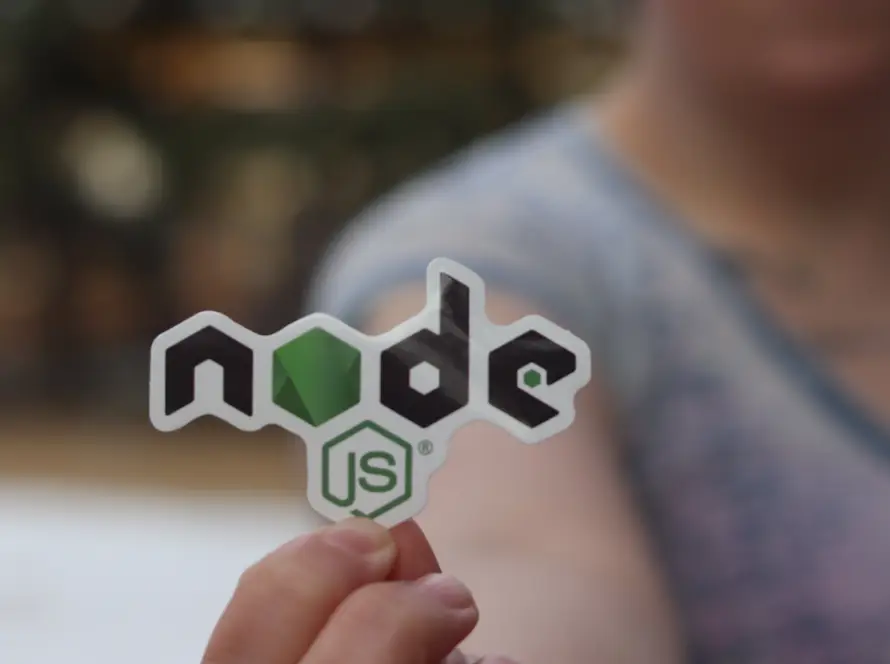Generated by Contentify AI
- Introduction
- Understanding the Importance of Node.js Security
- Ensuring the Safety of Your Node.js Code
- Conclusion

Introduction
Node.js has become a popular platform for building scalable and efficient web applications. However, with its flexibility and power comes the responsibility of ensuring the security of your code. By understanding the importance of Node.js security and implementing best practices, you can protect your applications from potential vulnerabilities and attacks. In this article, we will explore how to keep your Node.js code secure through a series of best practices and measures.
Understanding the Importance of Node.js Security
Node.js security is of paramount importance in the development of web applications. Understanding the potential vulnerabilities and threats that Node.js applications may face is crucial in implementing effective security measures. By comprehending the importance of Node.js security, developers can proactively address potential risks, safeguard sensitive data, and ensure the overall integrity of their applications. This understanding enables the adoption of best practices that significantly reduce the risk of security breaches, ultimately keeping Node.js code secure.
Ensuring the Safety of Your Node.js Code
When it comes to ensuring the safety of your Node.js code, adopting best practices is crucial. This includes staying updated with the latest security patches and regularly auditing dependencies to identify and address potential vulnerabilities. Additionally, implementing proper access controls, input validation, and encryption techniques can significantly enhance the security posture of your Node.js applications. By prioritizing security throughout the development lifecycle and fostering a culture of vigilance, developers can mitigate risks and keep their Node.js code secure.
Conclusion
When it comes to securing Node.js applications, best practices play a vital role in safeguarding the integrity of the code. By incorporating robust security measures, developers can effectively mitigate potential vulnerabilities and threats. This includes regularly updating dependencies, implementing access controls, input validation, and encryption techniques. Furthermore, fostering a proactive approach to security throughout the development lifecycle is essential for keeping Node.js code secure. By prioritizing these best practices, developers can ensure the safety and resilience of their Node.js applications against potential security risks.
Key Takeaways
- Use the latest version of Node.js and its packages to ensure the latest security updates and patches
- Implement input validation and sanitization to protect against common vulnerabilities such as SQL injection and cross-site scripting
- Utilize security-focused middleware and libraries, such as helmet.js, to add an extra layer of security to your Node.js applications



